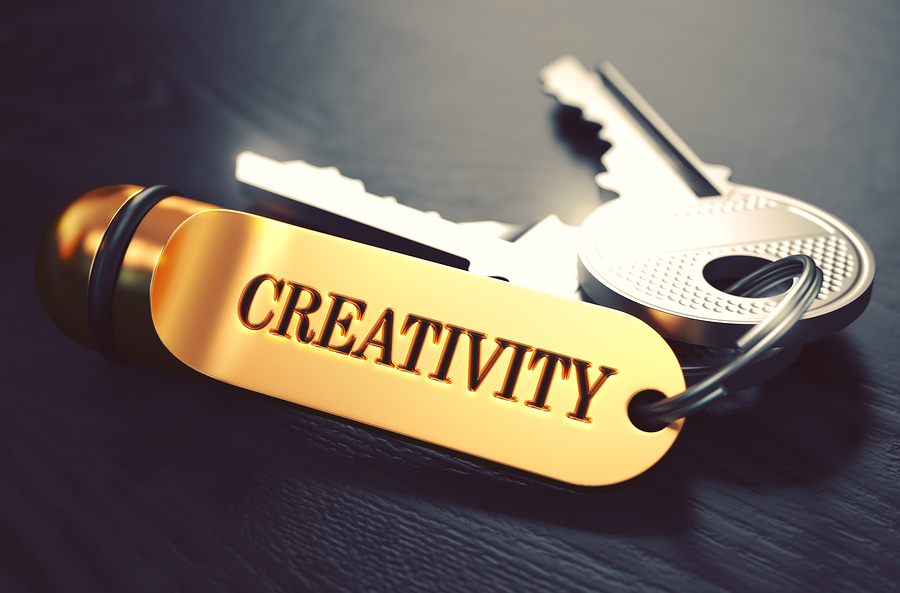Karen Jaw-Madson offers a step-by-step, “how-to” for designing, implementing and sustaining culture. Leadership steps for your culture
Tag: design
3 Qualities of Innovation Leaders
Most corporate leaders say innovation is important, but they don’t know what to do. Steven Hoffman shares how radical innovation can improve your growth.
Design Thinking for the Greater Good
Apply the process of design thinking to solve big, wicked problems. Randy Salzman shares how.
23 Hacks to Boost Your Creativity Instantly: FREE Webinar
Awaken the Creative Genius Inside You! Ever wish you could be just 5% more innovative? Here are 23 hacks to reawaken your creative side.
Awaken the Artistic Genius Within You
Creative Strength Training can awaken the artist within you. Up your creativity today! Jane Dunnewold shares her best methods.





